The eighth generation of video game consoles marked a transformative period in gaming, defined by technological advancements and new gameplay experiences that pushed the industry into exciting territories. Consoles like the PlayStation 4, Xbox One, and Nintendo Switch brought features such as 4K resolution, HDR (High Dynamic Range), and even virtual reality (VR) into the mainstream.
Beyond graphics, this generation solidified the importance of online services, social connectivity, and the rise of service-based gaming. Today, we’ll dive deep into the key innovations and trends of this generation and explore its long-lasting impact on the gaming industry, just like we did with the other 7 generations prior.
This article is part of a complete series where we do a deep dive into each video game generation.
Video game consoles that defined the eighth generation
By this time, the only surviving companies on the console market came down to Nintendo, the old favorite; Sony, the revolutionary; and Microsoft, which conquered a generation of fans with the exclusivity of its services. In the 2010s, the expectations were higher than ever – especially considering how advanced mainstream technology was at the time.
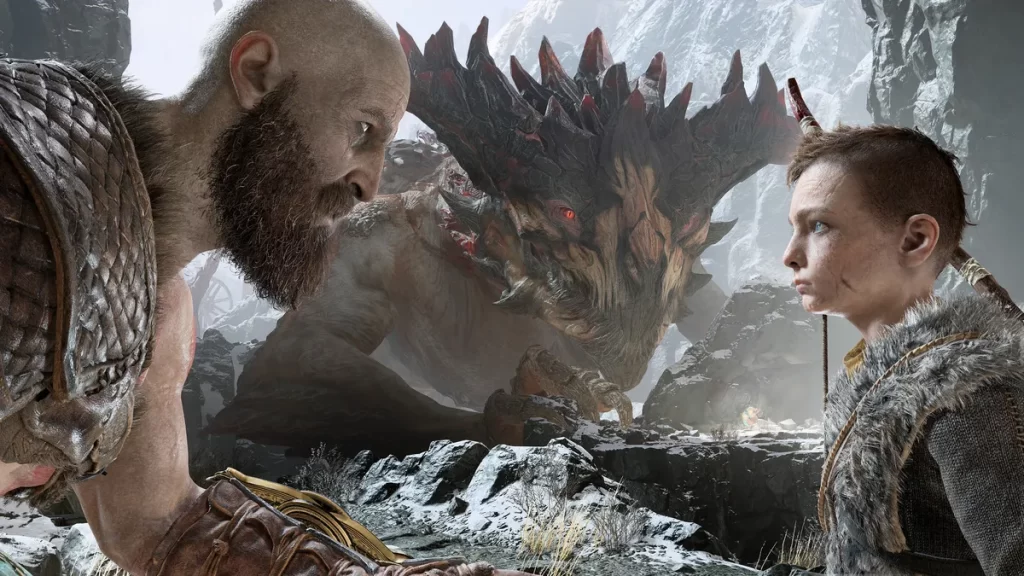
Did they deliver, though? Well, let’s see!
PlayStation 4: Sony’s domination continues
When the eighth generation of video game consoles was launched, the PlayStation 4 (PS4) quickly established itself as a dominant force. Released in 2013, it introduced a new level of graphical performance, with the ability to render games in full 1080p HD and later support for 4K gaming on the PlayStation 4 Pro. More than just a gaming machine, the PS4 was designed to be a multimedia hub with apps for streaming video, music, and even live television.
The PS4 also emphasized online services through PlayStation Plus, which gave players access to a monthly selection of free games, as well as PlayStation Now, a cloud-based game streaming service that allowed users to access a vast library of games without needing to download or install them.
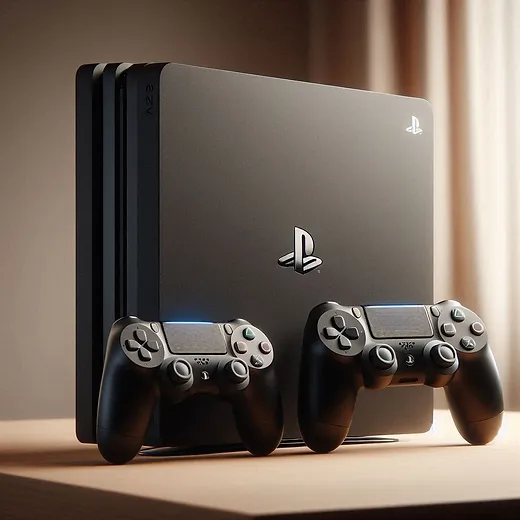
With exclusive titles such as The Last of Us Part II, God of War, and Spider-Man, Sony cemented the PS4’s reputation as a console for both blockbuster experiences and artistic innovation.
Xbox One: Microsoft’s all-in-one entertainment hub
Launched alongside the PS4 in 2013, the Xbox One took a different approach. Microsoft envisioned the Xbox One as an all-in-one entertainment device, not only capable of running games but also controlling live television, streaming services, and Blu-ray playback. While the Xbox One had a rocky start due to its focus on multimedia over gaming, Microsoft eventually refocused its efforts on delivering a gamer-centric experience.
One of the Xbox One’s most significant contributions to the eighth generation of video game consoles was the rise of the Xbox Game Pass. This subscription-based service offered players access to a large library of games for a monthly fee, revolutionizing the way people approached gaming by emphasizing content accessibility over ownership. Exclusive titles such as Halo 5: Guardians, Gears 5, and Forza Horizon 4 highlighted the console’s focus on delivering stunning visuals and expansive open-world experiences.
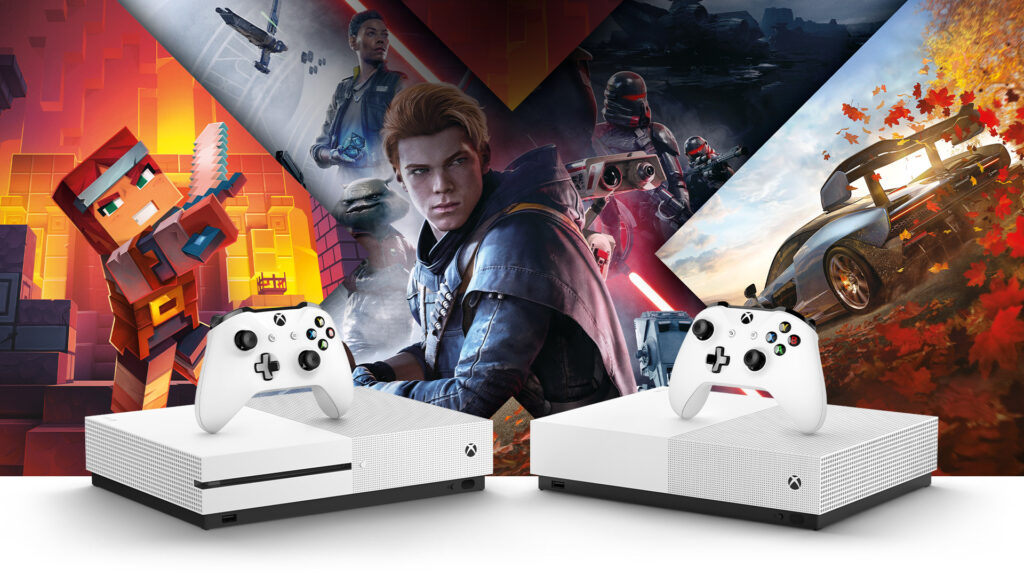
Microsoft also embraced backward compatibility, allowing gamers to play select titles from the Xbox 360 and original Xbox libraries on the Xbox One, a feature that significantly enhanced the console’s appeal.
Nintendo Wii U
Launched in 2012, the Wii U offered a unique concept with its GamePad controller, a tablet-like device that could be used as a second screen for games or as a standalone console.
Despite its innovative features, the Wii U faced several challenges. Its unconventional controller design and a lack of clear marketing hindered its adoption. Additionally, the Wii U struggled to compete with the powerful graphics and performance of the PlayStation 4 and Xbox One. As a result, the Wii U’s lifespan was relatively short, and it ultimately failed to achieve the same level of commercial success as its predecessor, the Wii.
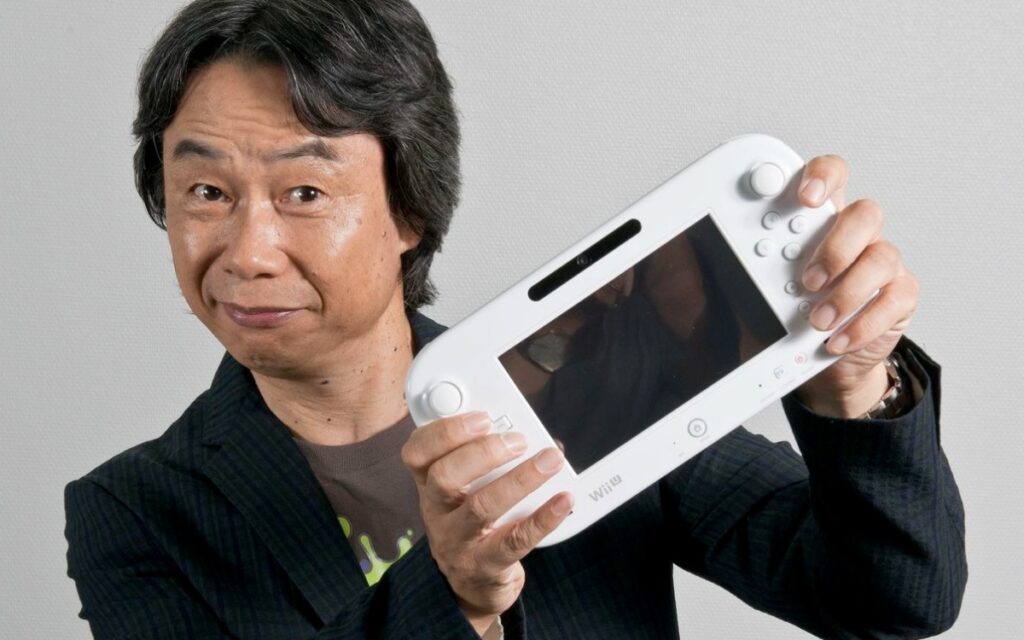
Nintendo Switch: innovation in a hybrid design
While the Wii U, Nintendo’s original contribution to the eighth generation of video game consoles, failed to capture widespread attention, its successor, the Nintendo Switch, launched in 2017, became a game-changer. The Switch introduced a unique hybrid design in the middle of a stale generation, allowing players to seamlessly switch between home console gaming and portable play.
This versatility broadened the appeal of the Switch to a wide range of audiences, from dedicated gamers to more casual players. Games like The Legend of Zelda: Breath of the Wild and Super Mario Odyssey became instant classics, praised for their inventive game design, visual fidelity, and expansive open worlds. The Nintendo Switch also embraced indie gaming, with titles such as Celeste and Hades thriving on the platform.
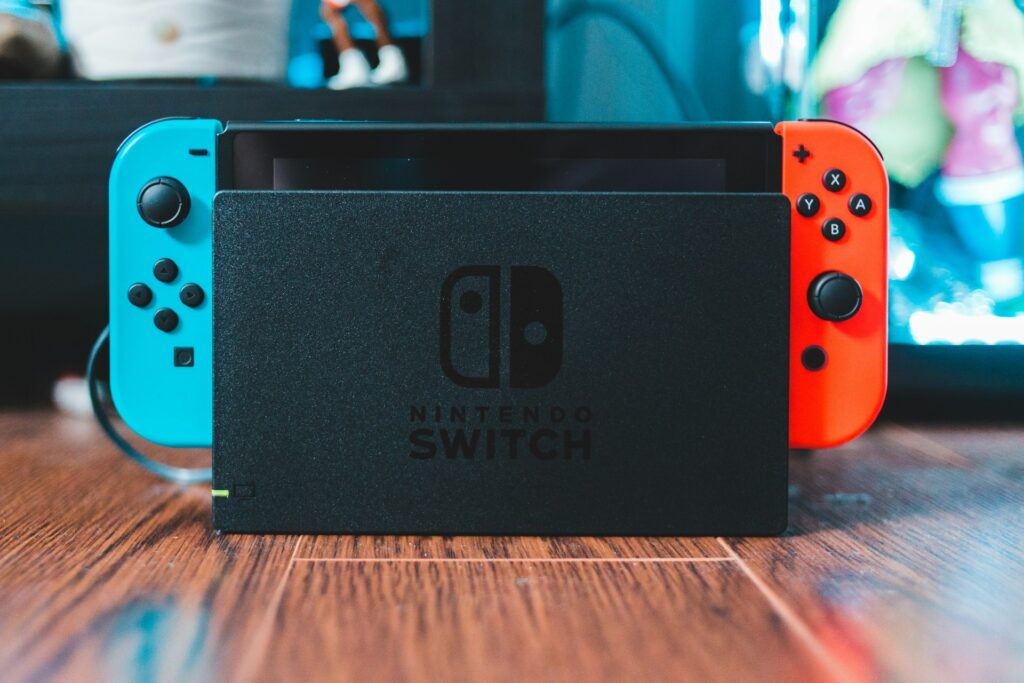
Portable power: the Nintendo 3DS and PlayStation Vita
While the eighth generation of home consoles was dominated by the PlayStation 4, Xbox One, and Nintendo Switch, portable gaming also continued to thrive. Two major players in the portable market were the Nintendo 3DS and PlayStation Vita.
Nintendo 3DS
Building on the success of the Nintendo DS, the 3DS introduced stereoscopic 3D technology to handheld gaming. With a vast library of games, including popular franchises like Pokémon, Super Mario, and The Legend of Zelda, the 3DS became a popular choice for gamers on the go. The 3DS also received a mid-generation refresh with the New Nintendo 3DS, which offered improved hardware and additional features.
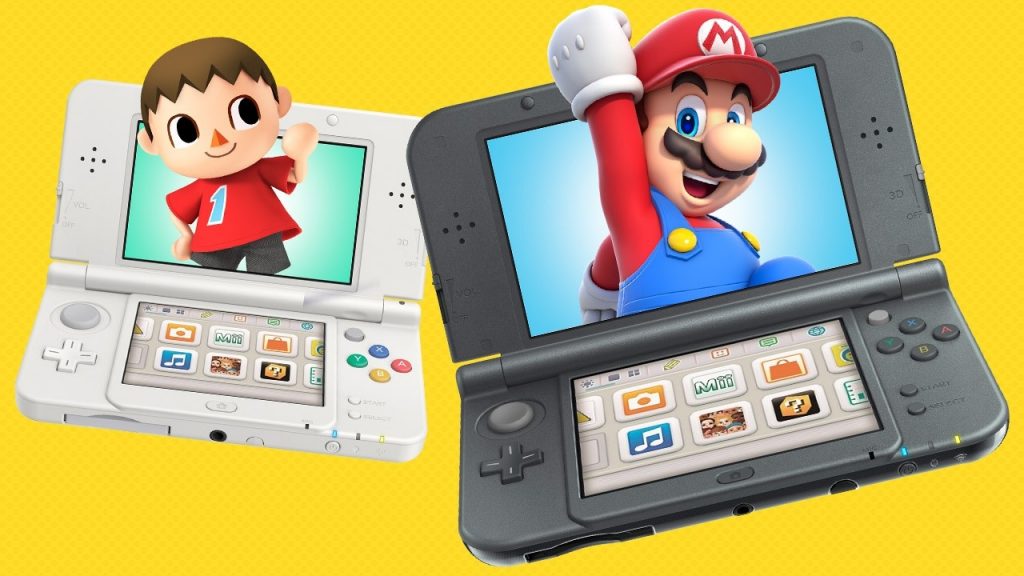
PlayStation Vita
Sony’s PlayStation Vita aimed to bring the PlayStation experience to a handheld device. With its powerful hardware and high-quality visuals, the Vita offered a premium portable gaming experience. However, the Vita struggled to compete with the broader appeal and larger game library of the Nintendo 3DS. Despite its impressive capabilities, the Vita ultimately failed to achieve the same level of commercial success as its predecessor, the PSP.
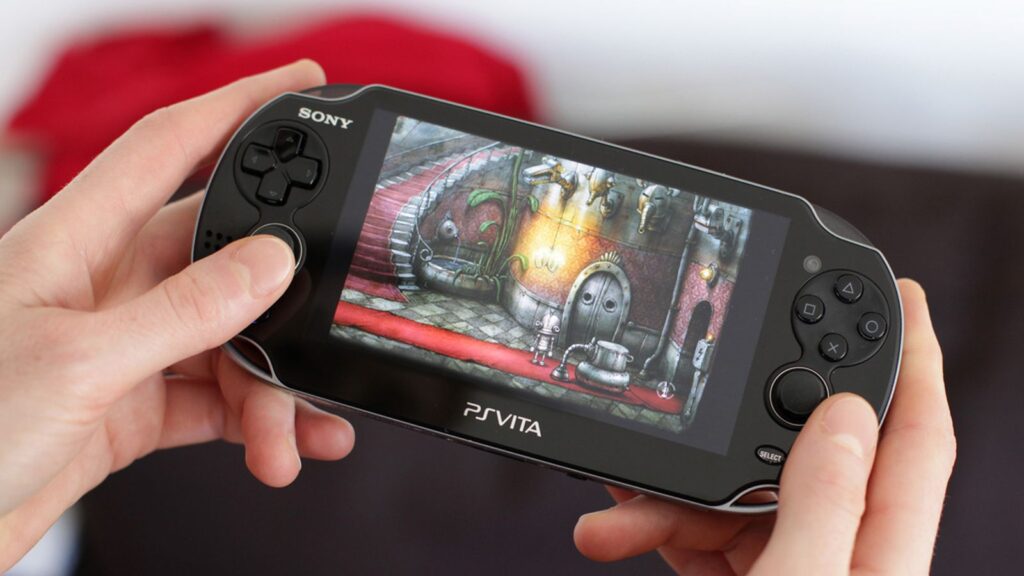
Technical advancements: 4K, HDR, and VR
The eighth generation of video game consoles brought remarkable advances in hardware capabilities. Both the PlayStation 4 Pro and Xbox One X introduced support for 4K resolution, creating sharper images and enhancing the visual experience of games. HDR support, which enhanced color depth and brightness, added even more vibrancy and realism to gaming environments.
Another key innovation of the eighth generation was the rise of virtual reality (VR), with Sony leading the charge with PlayStation VR. The VR headset offered an immersive way to experience gaming, allowing players to interact with 3D environments like never before. Although VR didn’t become as mainstream as many had predicted, it laid the groundwork for future innovations in gaming technology.
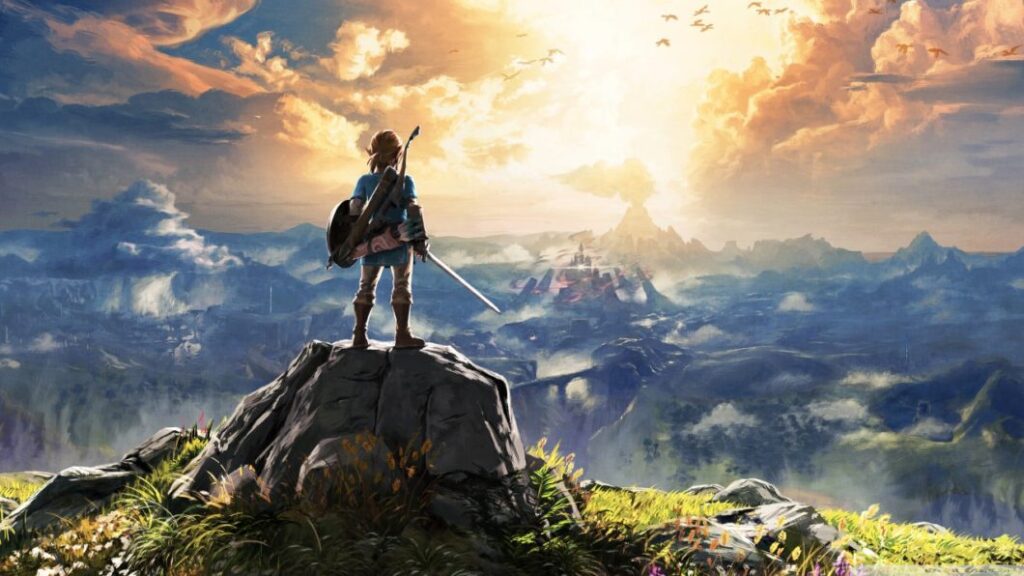
Games that defined the eighth generation of gaming
Several games from this era set new benchmarks in terms of gameplay, narrative, and graphical fidelity. Titles like The Witcher 3: Wild Hunt, Red Dead Redemption 2, and The Legend of Zelda: Breath of the Wild redefined what open-world games could achieve. These games weren’t just visually stunning—they also pushed the boundaries of storytelling and game design.
Other titles like Fortnite, Apex Legends, and Genshin Impact led the charge in the rise of live-service games. These titles embraced the free-to-play model, offering the base game for free while generating revenue through microtransactions and seasonal content updates. This shift towards service-based gaming allowed developers to continually evolve their games, keeping players engaged with fresh content long after launch.
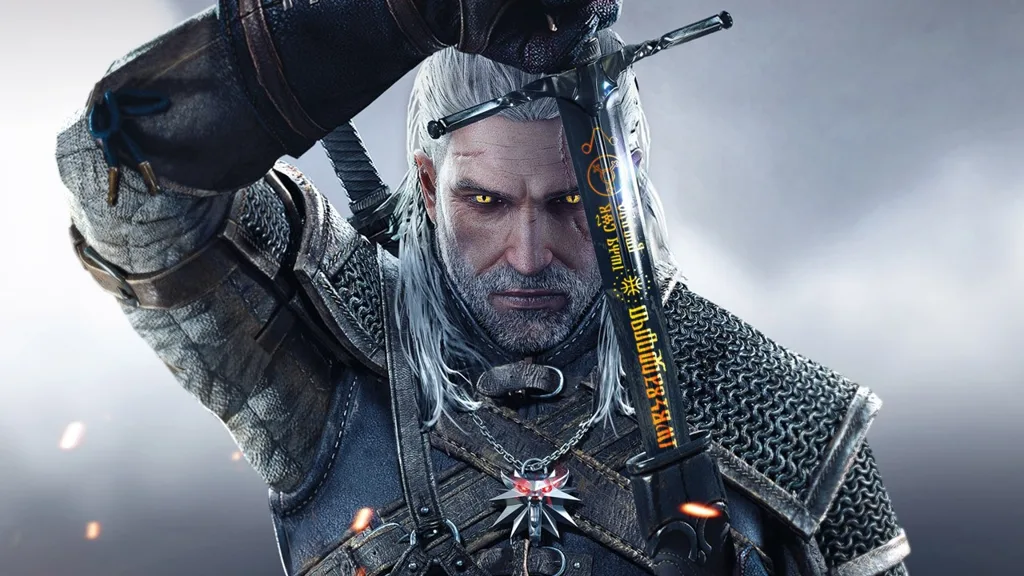
Impact of the eighth generation on the future of gaming
This era in gaming history set the stage for what would come in the ninth generation in 2020; its influence can be seen in the growing importance of cross-platform play, which allowed gamers on different consoles to play together. Moreover, the trend of remastered editions of classic games from previous generations found a significant audience during this time, as players craved nostalgia while enjoying enhanced graphics and features.
As consoles continued to push the envelope in graphics and gameplay complexity, the growing demand for digital content, cloud-based services, and social features shaped the way games were developed and played. Streaming services became integral to the gaming experience, offering players on-demand access to games and media content, reflecting broader shifts in how people consumed entertainment.
This generation also set new standards for visual fidelity, storytelling, and social connectivity in games – with titles like Red Dead Redemption 2 and The Legend of Zelda: Breath of the Wild defining a new era of ambitious game design.
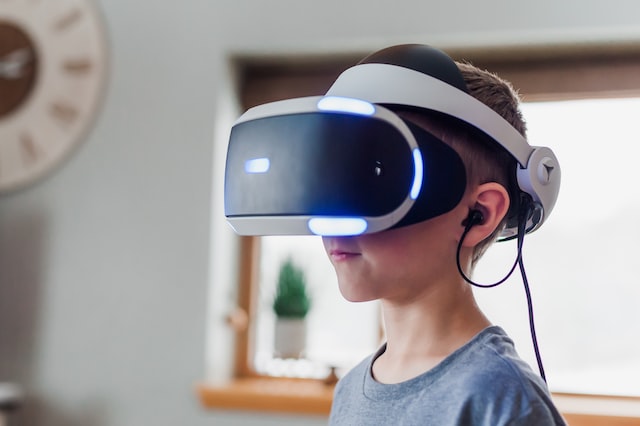
As the industry looks ahead to the future, the innovations and trends that emerged from the eighth generation will continue to shape the gaming landscape for years to come. From VR and 4K gaming to live-service titles and cross-platform play, the influence of this era remains pervasive in the games and consoles of today.
Dive into game development with Main Leaf
The eighth generation of video game consoles wasn’t just about hardware; it was also about artistic trends and new gameplay mechanics. At Main Leaf, we’re passionate about harnessing these trends to create engaging, memorable gaming experiences.
Whether you’re inspired by the sleek, futuristic aesthetic of 4K gaming or the vibrant, dynamic worlds of service-based games like Fortnite and Apex Legends, there’s a world of opportunity for innovative game design.
Let’s bring your game idea to life! Reach out to Main Leaf today to create the next big thing in gaming alongside a passionate team of developers!

